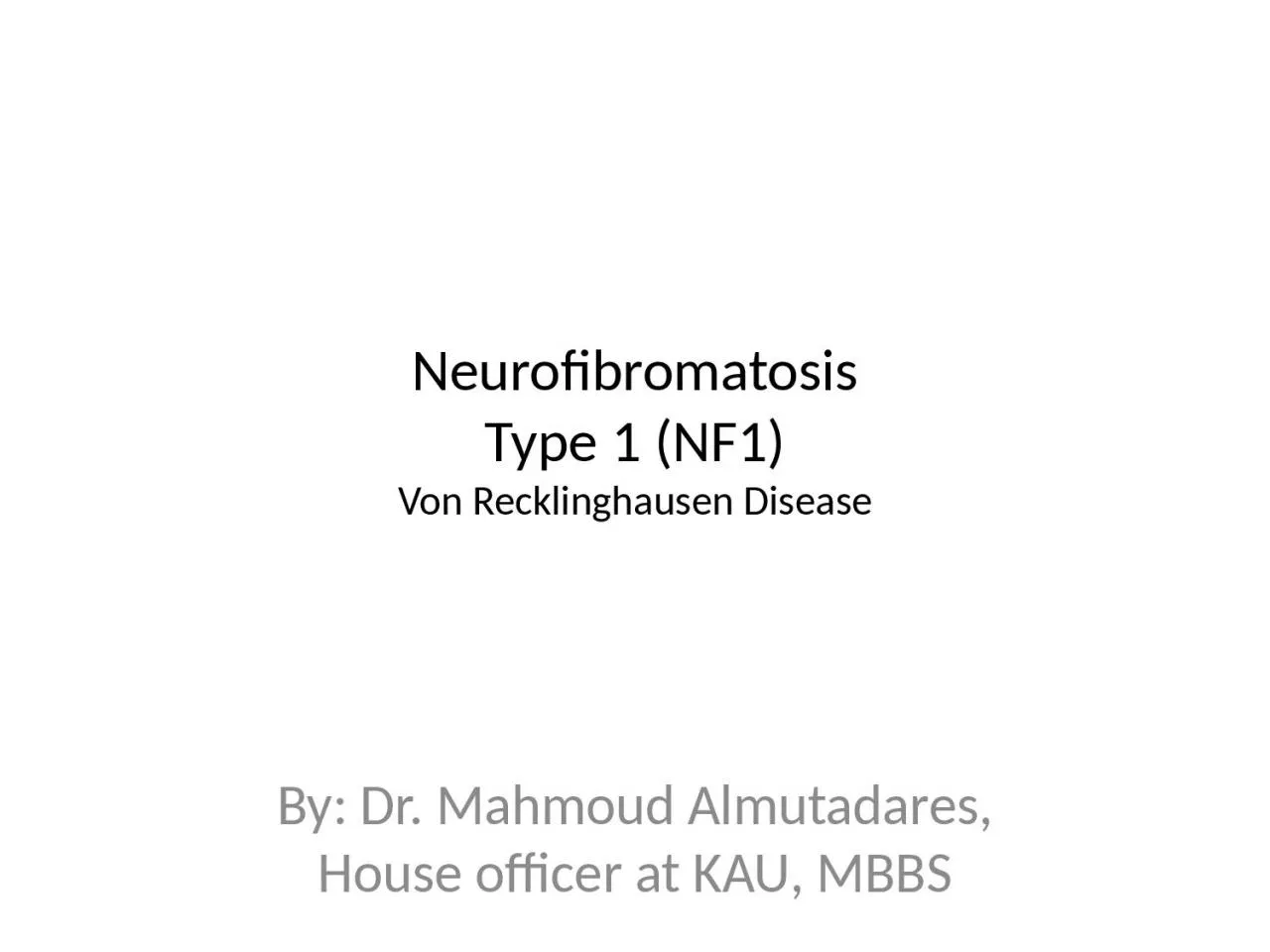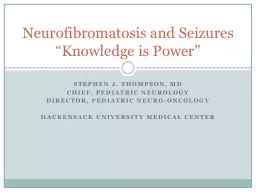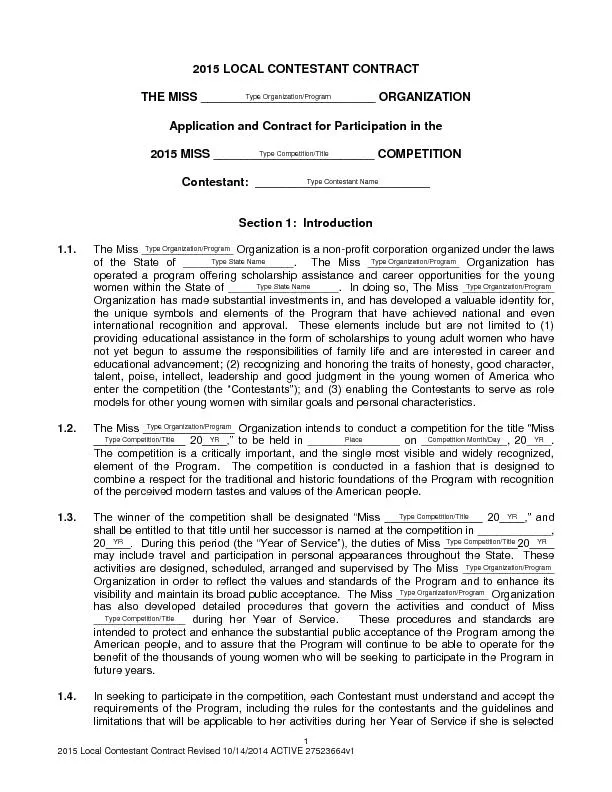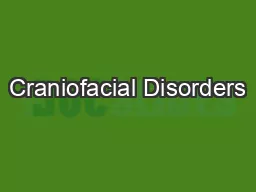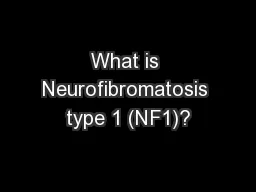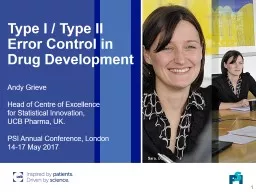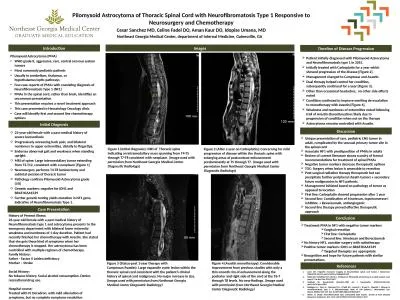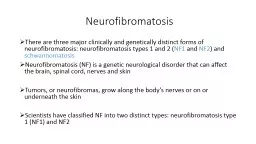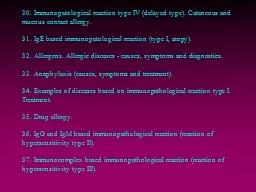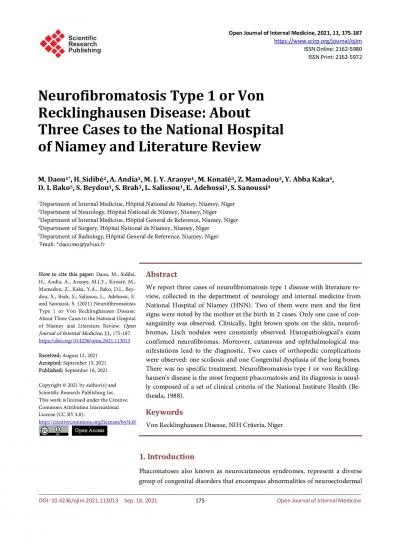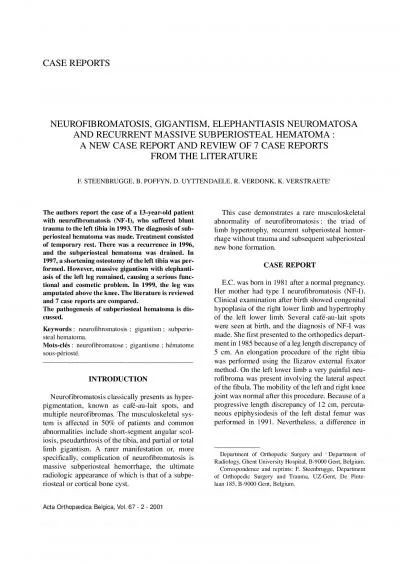PPT-Neurofibromatosis Type 1 (NF1)
Author : RainbowGlow | Published Date : 2022-08-01
Von Recklinghausen Disease By Dr Mahmoud Almutadares House officer at KAU MBBS Objectives Epidemiology of NF1 Neurofibromin gene Clinical features of NF1 Molecular
Presentation Embed Code
Download Presentation
Download Presentation The PPT/PDF document "Neurofibromatosis Type 1 (NF1)" is the property of its rightful owner. Permission is granted to download and print the materials on this website for personal, non-commercial use only, and to display it on your personal computer provided you do not modify the materials and that you retain all copyright notices contained in the materials. By downloading content from our website, you accept the terms of this agreement.
Neurofibromatosis Type 1 (NF1): Transcript
Download Rules Of Document
"Neurofibromatosis Type 1 (NF1)"The content belongs to its owner. You may download and print it for personal use, without modification, and keep all copyright notices. By downloading, you agree to these terms.
Related Documents

